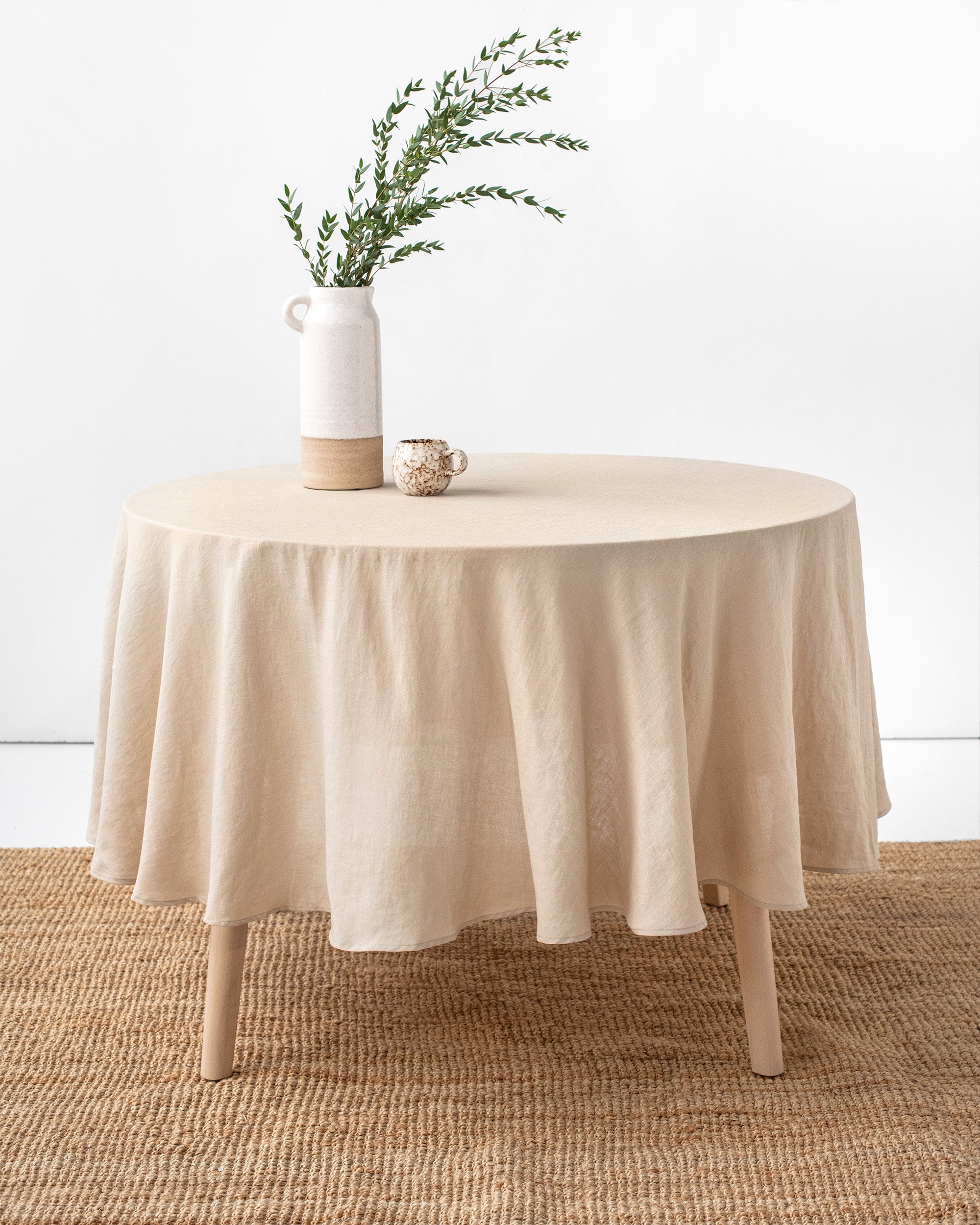Ultimate Guide to Flat Sheet Materials: Find the very best for Your Bed room
Ultimate Guide to Flat Sheet Materials: Find the very best for Your Bed room
Blog Article
Linen Fabric Developments: Discovering Modern Trends and Creative Applications in Layout and Fabric Industry
From lasting production approaches to innovative weaving innovations, the advancement of bed linen is reshaping the landscape of the textile sector. As we dig into the worlds of imaginative design applications and the introduction of bed linen blends and crossbreed textiles, a brand-new phase unravels in which linen's duty in future fabric advancements takes center phase.
Sustainable Practices in Linen Production
Sustainable practices in bed linen production have actually come to be progressively essential in the textile sector's efforts to decrease ecological impact and advertise ethical sourcing approaches. Linen, an all-natural fiber stemmed from the flax plant, offers a series of benefits such as breathability, biodegradability, and durability. Nevertheless, standard methods of linen manufacturing can involve significant water consumption, pesticide usage, and energy-intensive processes.
To attend to these challenges, lots of fabric producers are taking on lasting practices throughout the linen manufacturing procedure. This includes sourcing flax from organic ranches that stay clear of damaging pesticides and chemicals, executing water-efficient retting strategies to essence fibers from the flax stalks, and making use of environment-friendly dyes and finishes. Furthermore, some business are spending in renewable resource sources to power their production centers and lowering waste through recycling and upcycling efforts.
Technological Improvements in Bed Linen Weaving
With the growing emphasis on sustainable methods in bed linen manufacturing, the fabric sector is currently witnessing a surge in technological developments particularly targeted at changing the art of bed linen weaving. These technologies are improving the way linen fabrics are created, using raised performance, top quality, and creative thinking in weaving strategies.
Among the vital technical developments in linen weaving is the integration of computerized looms. These advanced looms are equipped with software that allows for intricate and detailed layouts to be woven with accuracy. By digitizing the weaving process, producers can achieve greater uniformity and precision in their linen textiles.
Moreover, advancements in thread spinning innovation have allowed the production of finer and even more resilient linen threads - table cloths. This results in softer and smoother linen fabrics that keep their top quality even after numerous usages and laundries
Additionally, the advancement of environment-friendly dyeing processes and surfaces for bed linen fabrics is gaining grip. These lasting methods not only reduce the ecological effect but additionally deal with the increasing customer demand for morally created fabrics.
Creative Style Applications for Bed Linen
Ingenious artistic strategies are progressively shaping the innovative design applications for linen in the fabric industry. Bed linen's natural aesthetic allure and ability to mix with other textiles make it a preferred selection for producing unique garments and devices that cater to the environmentally mindful consumer.
Moreover, developers are try out linen in home style, using its durable and breathable nature to craft fashionable furnishings such as drapes, bed linens, and furniture. The structure and drape of linen bring a feeling of elegance and comfort to indoor spaces, adding a touch of style to modern homes.

Linen Blends and Crossbreed Fabrics

Hybrid materials, on the various other hand, take the idea of blending a step additionally by including additional components such as metal strings, recycled products, or conductive fibers. These cutting-edge fabrics not only increase the design possibilities yet additionally introduce practical elements like conductivity, antimicrobial buildings, or improved toughness. Crossbreed materials are progressively being used in numerous industries, including style, indoor layout, and technological textiles, where the demand for multifunctional materials gets on the increase.
Bed linen's Function in Future Textile Innovations

In the realm of future textile developments, bed linen is anticipated to be a principal in the development of sophisticated practical textiles. Developers and scientists are exploring ways to improve bed linen's integral top qualities find more via technological advancements, such as integrating wise textiles, nanotechnology, and performance surfaces. These advancements aim to raise linen's performance characteristics, making it appropriate for a wider variety of applications, from activewear to protective clothes.
Furthermore, the combination of linen with other natural or artificial fibers opens countless opportunities for developing unique fabrics with special buildings and capabilities. By leveraging bed linen's features and discovering cutting-edge blends, the fabric sector is positioned to present interesting growths that accommodate progressing customer demands and sustainability demands.
Verdict
To conclude, the exploration of sustainable practices, technological developments, creative design applications, bed linen blends, and its duty in future textile innovations highlight the continuous advancement of bed linen material in the modern layout and fabric market. With a concentrate on development and creativity, the convenience and green nature of bed linen make it a useful material for suppliers and developers alike, leading the way for further developments and innovations in the field of textiles.
As we dive into the realms of imaginative style applications get more and the development of bed linen blends and hybrid fabrics, a brand-new chapter unravels in which bed linen's function in future textile technologies takes center stage.
Discovering the combination of bed linen with other textiles has led to the appearance of innovative blends and crossbreed textiles in the contemporary fabric sector. Linen blends supply a distinct mix of the qualities of bed linen with those of other fibers, resulting in materials that have enhanced residential or commercial properties such as raised sturdiness, boosted draping, and minimized wrinkling.The evolution of linen blends and crossbreed fabrics has established the stage for Bed linen to play a crucial function in driving future textile innovations.In the realm of future fabric advancements, linen is anticipated to be an essential player in the growth of advanced practical fabrics.
Report this page